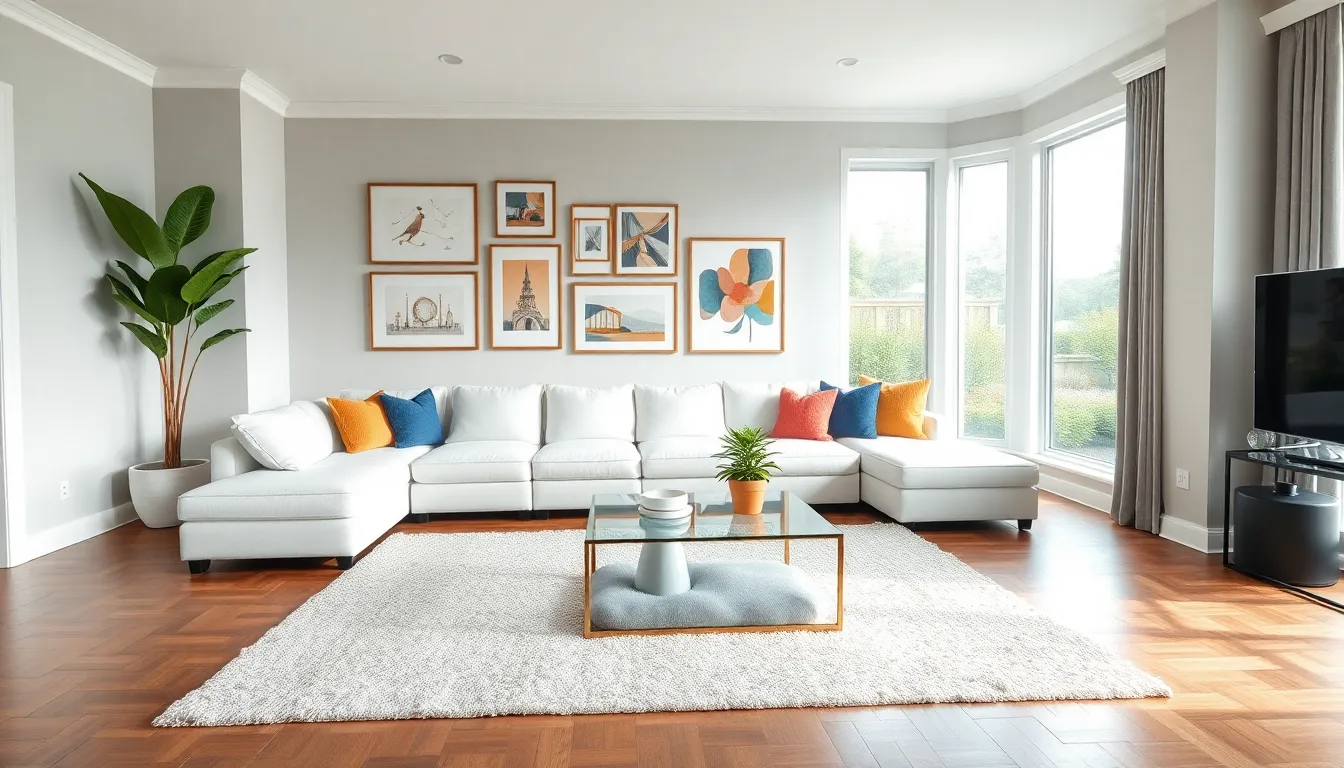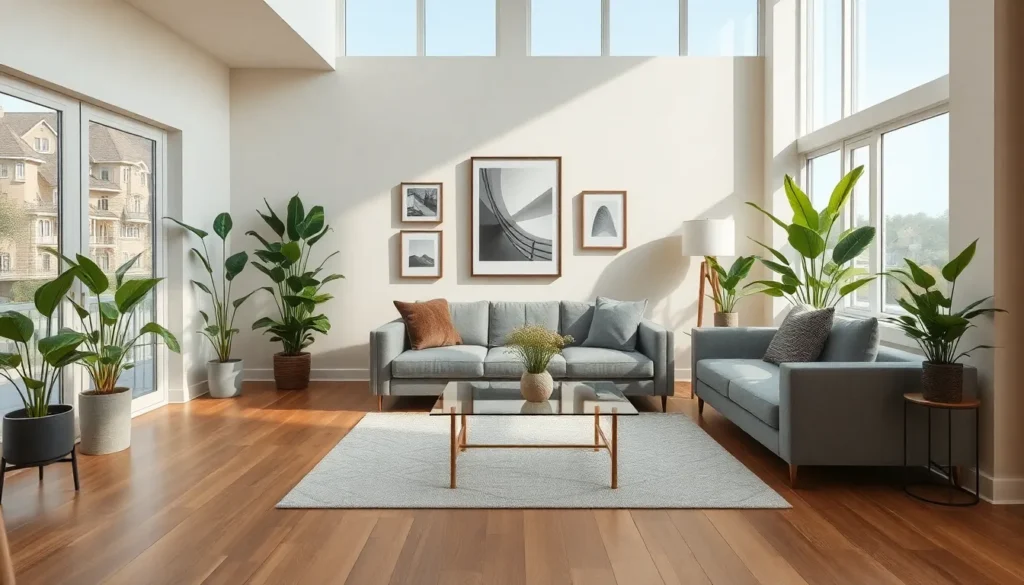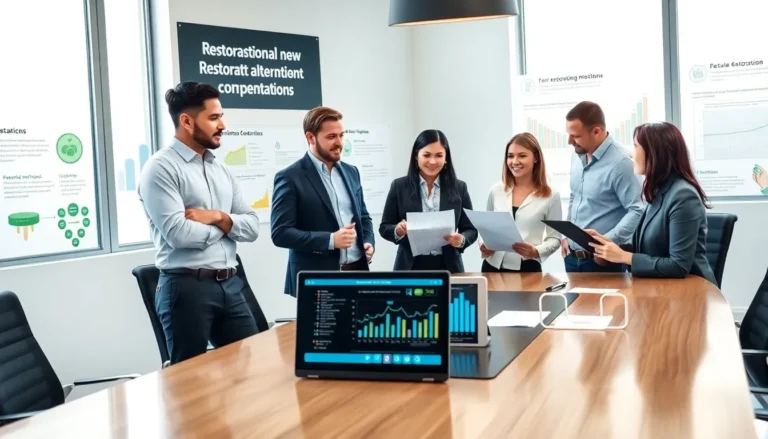Table of Contents
ToggleIn the world of real estate, especially at HomeRocket Realty, the interior design of a property can significantly influence its marketability and appeal. The right design not only enhances the aesthetic quality of a space but also reflects the personality and lifestyle of its inhabitants. This article delves into the various aspects of interior design that are crucial for maximizing property value and creating inviting environments, ensuring that each home resonates with potential buyers and residents alike.
Understanding the Importance of Interior Design

Interior design plays a pivotal role in shaping the perception of a home. For potential buyers, the presentation of a space acts as an emotional trigger, decisions are often made on an instinctual level, influenced by how one feels when stepping into a home.
A well-designed interior can elevate a property’s value, creating a lasting impression that results in quicker sales. On the other hand, poor design choices can detract from a space’s appeal, making it more difficult to attract buyers. In essence, effective interior design provides a strategic advantage in a competitive real estate market like that of HomeRocket Realty.
Choosing the Right Style for Your Space
When it comes to interior design, selecting a style that complements the architecture and ambiance of a home is essential. Here are some popular styles to consider:
- Modern: Characterized by clean lines and minimalism, modern design focuses on functionality and simplicity, perfect for urban settings.
- Traditional: This style emphasizes classic furnishings and elegant decor, often featuring rich colors and textures that evoke warmth.
- Contemporary: Blending elements from various styles, contemporary design is flexible and constantly evolving, appealing to diverse tastes.
- Rustic: Ideal for homes in natural settings, rustic design incorporates organic materials like wood and stone, bringing the outdoors in.
Choosing the right style not only enhances the aesthetic appeal but also ensures that the home’s interior design aligns with the expectations of the target market.
Key Elements of Effective Interior Design
Effective interior design hinges on several key elements that work together to create a cohesive look.
Color Schemes and Their Impact
Color schemes can radically alter the mood of a room. For instance, lighter hues tend to make spaces feel larger and more inviting, while darker tones can provide warmth and intimacy.
A well-balanced color palette can evoke specific emotions, thereby enhancing a home’s appeal. Prioritizing complementary colors can also help a harmonious flow throughout different rooms.
Furniture Selection and Layout
Choosing the right furniture goes hand-in-hand with effective layout. The selection should prioritize both comfort and aesthetics, ensuring that pieces not only match the chosen style but also fit the spatial requirements of the home.
Also, furniture layout should promote movement and interaction, making spaces feel open and accessible.
Lighting: Setting the Mood
Lighting is a crucial component of interior design, heavily influencing the overall atmosphere. By using a combination of ambient, task, and accent lighting, homeowners can create a versatile environment that caters to various needs and times of day.
Natural light should also be maximized wherever possible, as it enhances the beauty of a space and contributes to a healthier interior environment.
Incorporating Personal Touches
While adhering to design principles is paramount, infusing personal touches can transform a well-designed space into a home. This can involve displaying personal artwork, family photos, or handcrafted decor items that reflect individual style.
Sustainability in Interior Design
In the modern world, incorporating sustainable practices into interior design is not just a trend: it’s a necessity. Utilizing eco-friendly materials and energy-efficient appliances can enhance both the design and functionality of a home.
Also, the use of reclaimed wood, low-VOC paints, and sustainable textiles not only contributes to a healthier environment but also resonates with the growing number of buyers who prioritize sustainability in their purchase decisions.
Trends Influencing Modern Interior Design
In the ever-evolving realm of interior design, several trends have emerged that reflect changing lifestyles and preferences.
- Biophilic Design: This movement encourages a connection to nature, integrating natural elements like plants and water features into living spaces.
- Minimalism: Homeowners are increasingly favoring decluttered spaces, focusing on essential pieces that serve a purpose.
- Multifunctional Spaces: With the rise of remote work, homes are adapting with spaces that serve multiple functions, such as home offices that can double as guest rooms.
- Smart Home Integration: Technology is becoming a staple in interior design, with smart devices enhancing convenience and energy efficiency.
Conclusion
Interior design is more than just an aesthetic try: it is a strategic approach to enhancing the value and livability of a home. For HomeRocket Realty, understanding the principles of effective interior design can make a significant difference in presenting properties to potential buyers.
By choosing the appropriate style, focusing on key design elements, incorporating personal touches, and staying abreast of current trends, homeowners can create inviting environments that not only reflect their individuality but also attract buyers. Following these guidelines can transform any space into a highly marketable asset.




